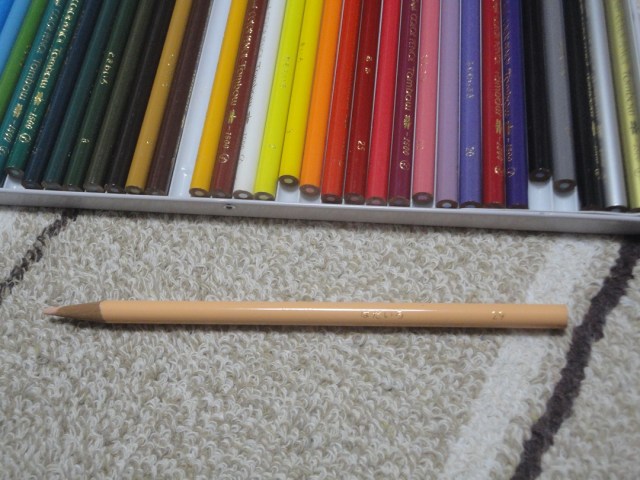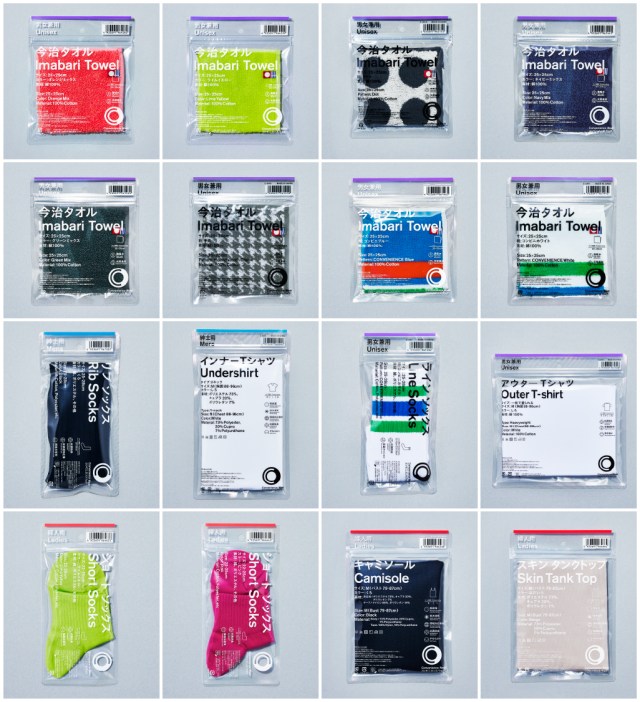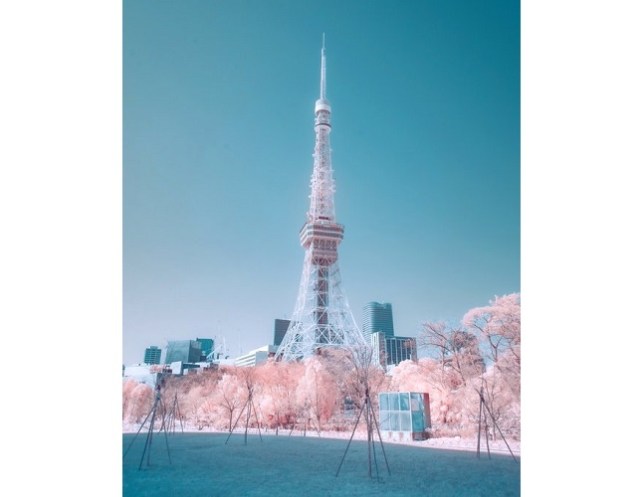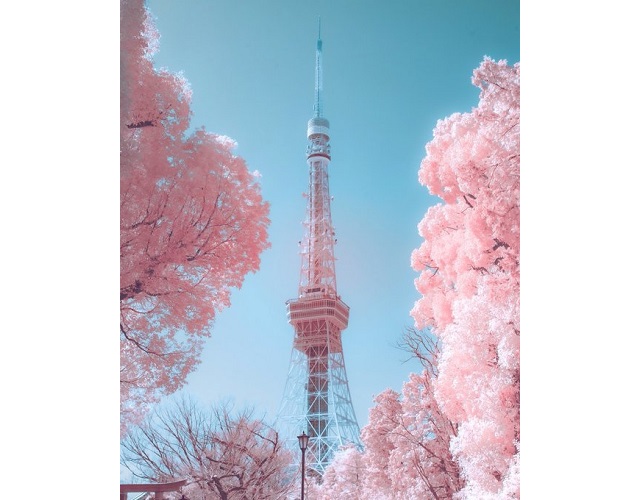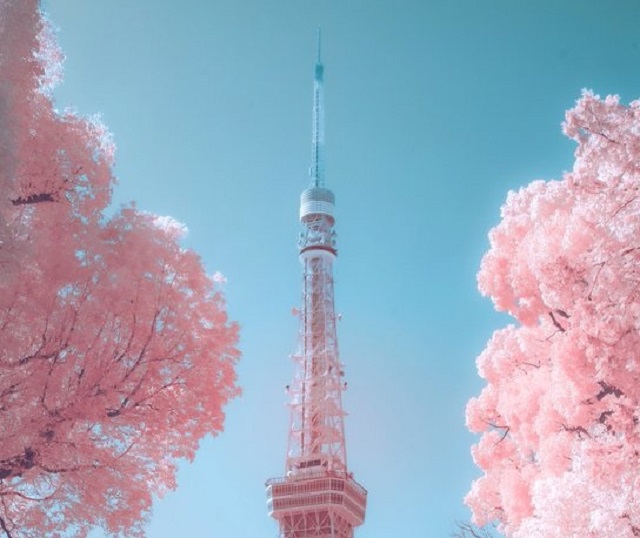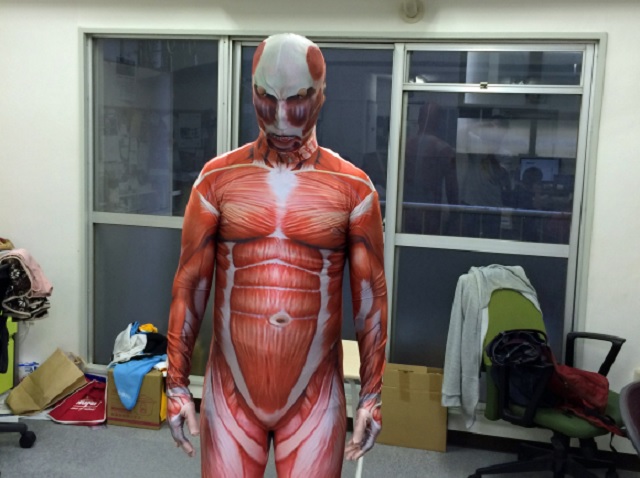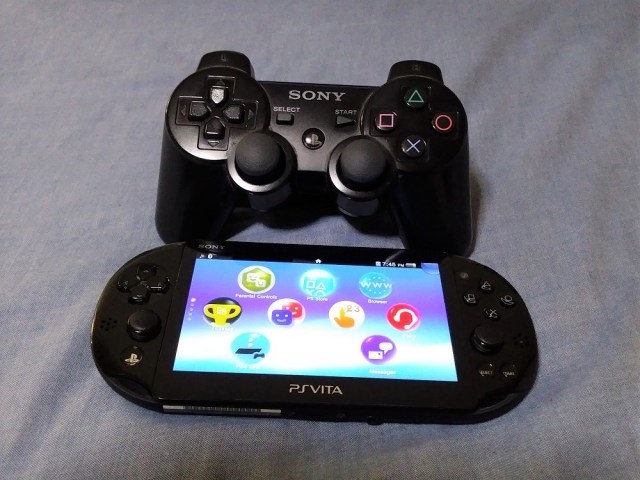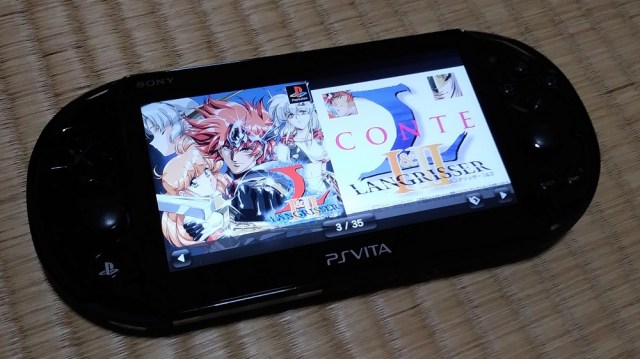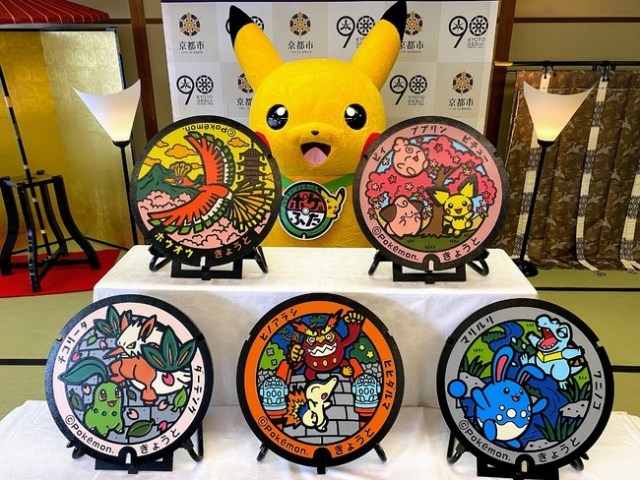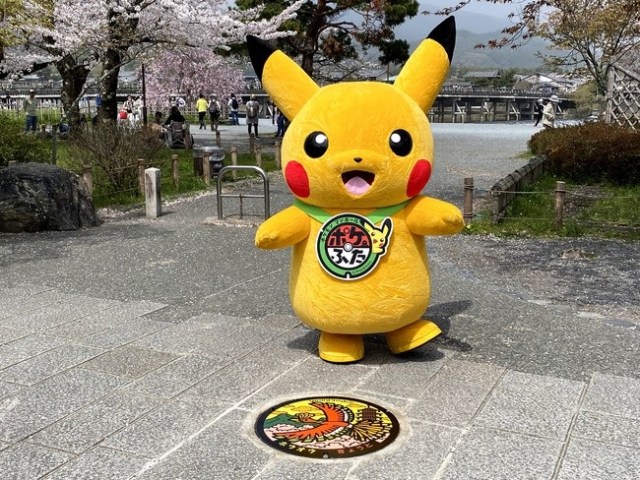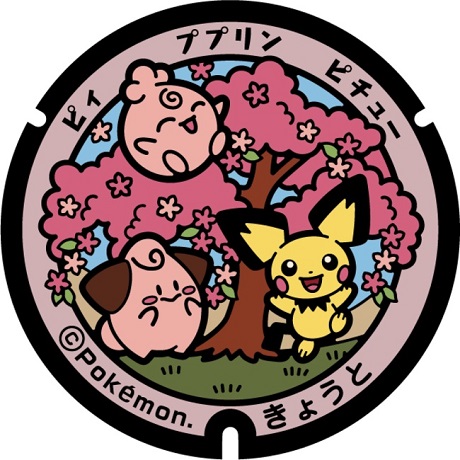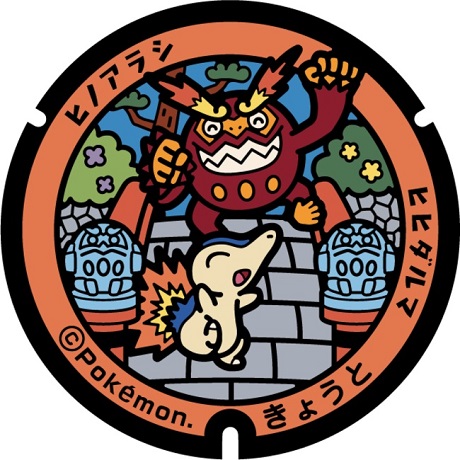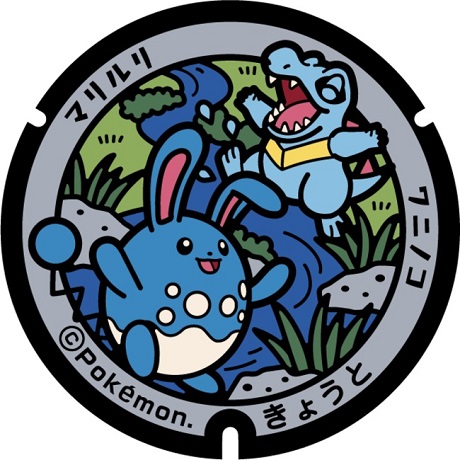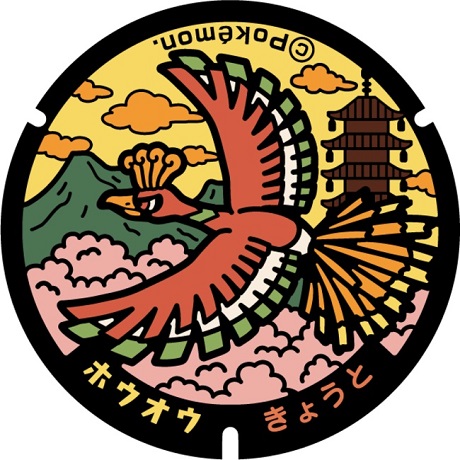https://ift.tt/3ftAUb2 Casey Baseel
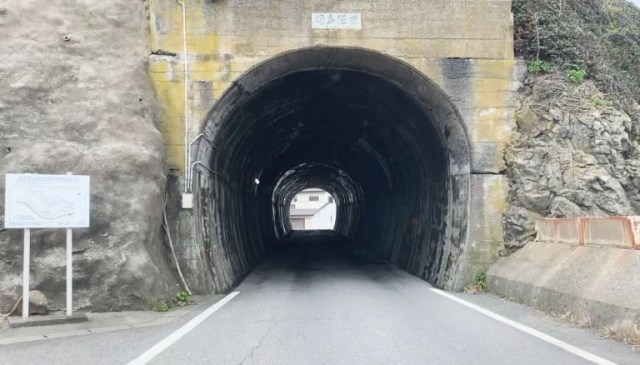
One cursed spot just isn’t enough for this small coastal town.
We recently discovered what appears to be a loophole in the rumored curse of Japan’s Oshima Bridge in the town of Sakai, Fukui Prefecture. There’s more than one supposed curse that can befall visitors to this town on the coast of the Sea of Japan, though, and while he was in the field our reporter Seiji Nakazawa passed through another supernaturally suspicious part of Sakai: the Oshima Tunnel (or Oshima Zuido, as it’s called in Japanese).
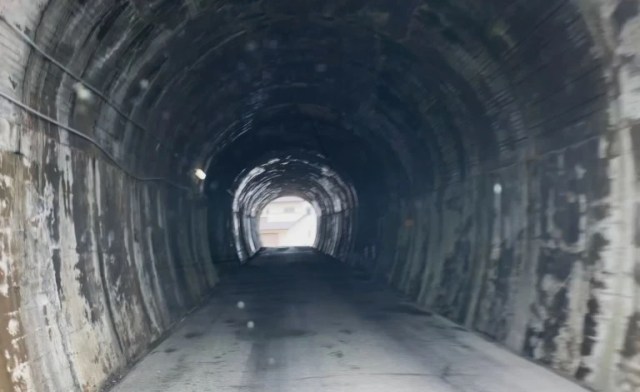
The tunnel is part of the seaside road just east of where the bridge from the mainland to Oshima Island starts. Right off the bat, it gives off a creepy vibe. It’s short enough that you can see the light on the far side, but long enough for deep shadows even in the middle of the day. In the middle of the tunnel is a statue of Kannon, the Buddhist goddess of mercy, which ordinarily would be a reassuring presence.
However, local legends say that long ago a man who was passing through the tunnel looked at the statue. When Kannon’s eyes met his, a bright red light burst out of the statue’s eyes, and before he could return home, the man met with a terrible accident and died.
So Seiji resolved to keep his vision focused dead-ahead during his drive through the tunnel. Try as he might, though, he couldn’t help but notice the alcove with the statue of Kannon in it on his left as he approached the mid-point of the passageway.
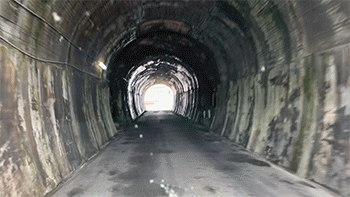
From the corner of his eye, he could see some sort of green, tent-like covering had been placed over what he imagined must be the statue, though he wasn’t about to turn his head and confirm.


But then, at the exact moment he drove past the statue, he heard a voice:
“Oh snap! I looked at it!”
This wasn’t the voice of some angry spirit, though, but of Seiji’s pal Butch, a.k.a. Big Wave, a.k.a. Bob.
▼ Whether in fashion or naming, Butch/Big Wave/Bob truly believes that variety is the spice of life.

Butch was along for the ride on this trip through Haunted Japan, since we needed someone to take photos of Seiji, and, if necessary, transport his lifeless husk of a body back to Tokyo after apparitions claimed his soul. Seiji’s plan had only been to test the Oshima Bridge curse, but thanks to Butch’s curiosity it looked like they were now testing the Oshima Tunnel one as well.
“So, uh, what did you see?” asked Seiji.
“Dude, yo, I saw something red!”
Seiji decided not to ask for further details at this point. They’d arrived at the bridge, and if death was indeed coming for Butch, he wanted to at least get the photos he needed first.
▼ Don’t die just yet, Butch.
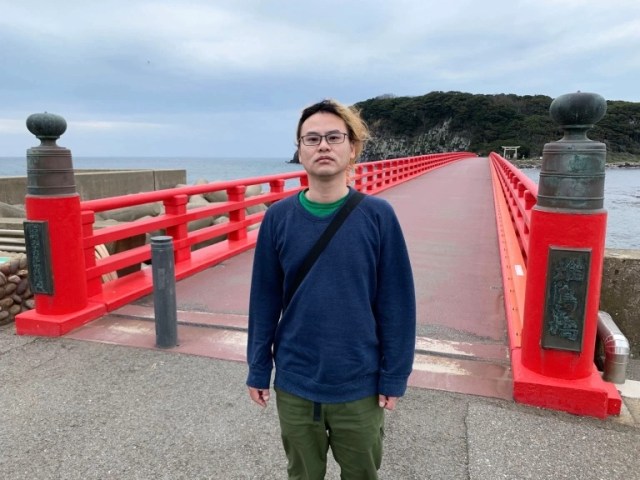
Once that was done, Butch went into greater depth about what he’d seen. “So, like, the Kannon statue is inside a green tent,” he said, confirming what Seiji had perceived at the edge of his vision. “And there was some sorta glowing light around it.”
However, despite the surface similarities to the curse rumor, Butch wasn’t too scared. “But I think the light is just from a florescent light bulb inside the tent, and I’m pretty sure the red was from a cloth coat on the statue. Oh, and because of the angle of the tent covering, and the height of the car window, I didn’t see Kannon’s face.”
▼ Butch’s illustrated recollection of how the alcove looked.
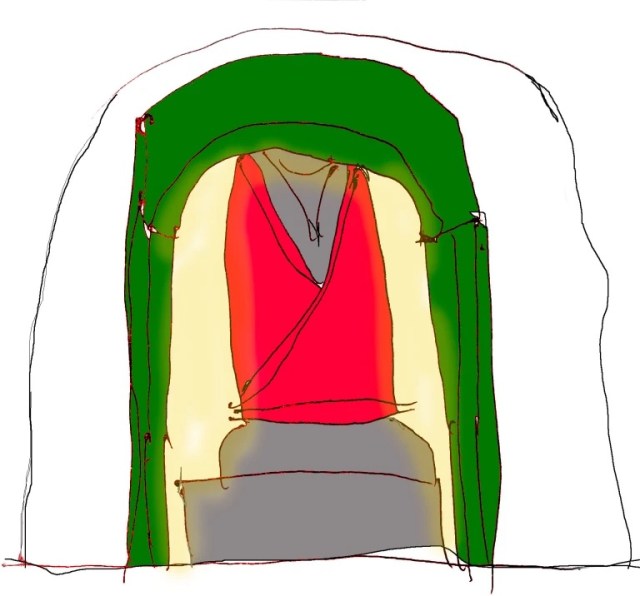
With this, Seiji breathed a sigh of relief, and sure enough, he and Butch made it to their hotel safe and sound. However, something strange happened before dawn. While Seiji slept normally (or as normally as he could with Butch loudly snoring in the next futon over), Butch was visited by a vision of Kannon during the night.
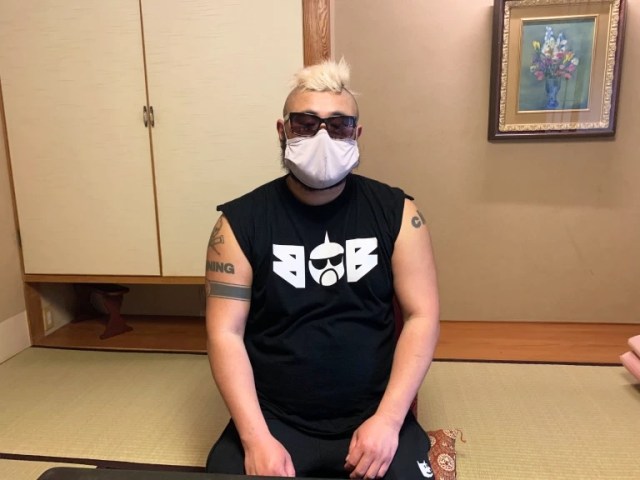
“Bro, I saw Kannon in my dream!” Butch reported in the morning. “And this time, I saw her face!”
Seiji felt his heart sink. Butch was only in the Oshima Tunnel in the first place because Seiji needed a cameraman for his bridge experiment, and now he was going to die, all because Seiji had been too lazy to just carry a tripod with him. All he could do now was apologize to his friend while there was still time.
“Butch, I’m so sorry,” he began. “This is all my fault, and now that your eyes and Kannon’s met, you’re going to d-“
“Dude, what’re you talking about?”, Butch interrupted.

“You said you saw Kannon’s face, right? The Oshima Tunnel curse says that if your and Kannon’s eye meet-”
“Bro, I said I saw her face. She didn’t see my eyes, because I had my shades on.”
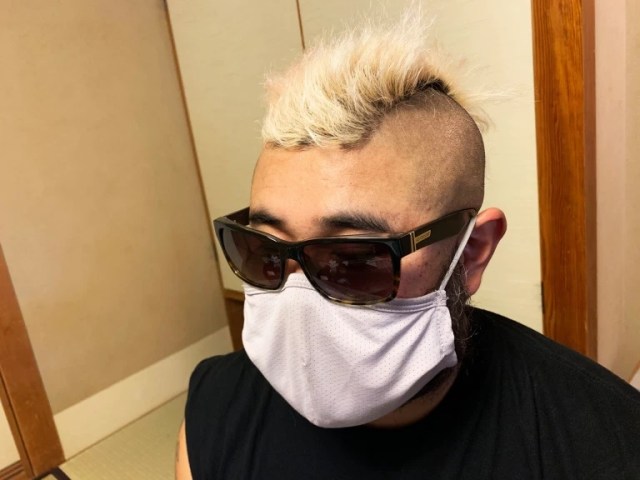
Yes, apparently Butch’s fashion sense carries over into his dreams. So sure, being visited by the goddess of mercy makes sense, but not having his favorite shades, which he’s been wearing every day for 10 years, is beyond what his subconscious mind can imagine.
So in the end, Butch seems to have escaped the curse, and Seiji’s life doesn’t appear to be in danger by association either.
Oh, by the way, if you’d like to tempt fate, but don’t have a trip to Fukui lined up in the near future, you can actually visit Oshima Tunnel via Google Streetview.
Just make sure you’ve got your shades handy.
Photos ©SoraNews24
● Want to hear about SoraNews24’s latest articles as soon as they’re published? Follow us on Facebook and Twitter!
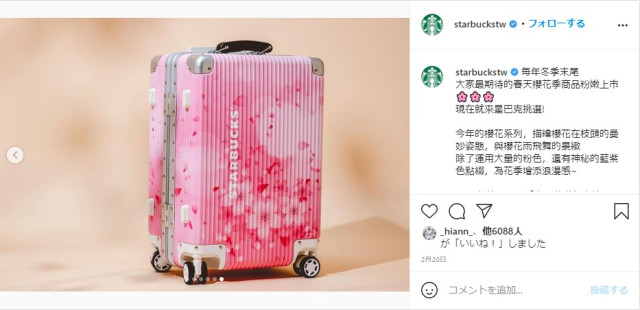

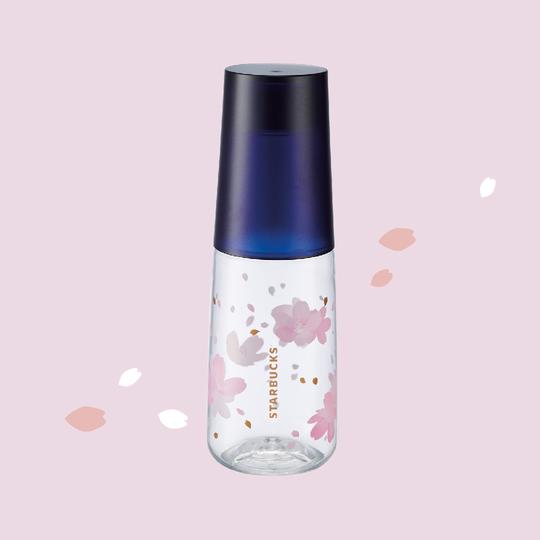
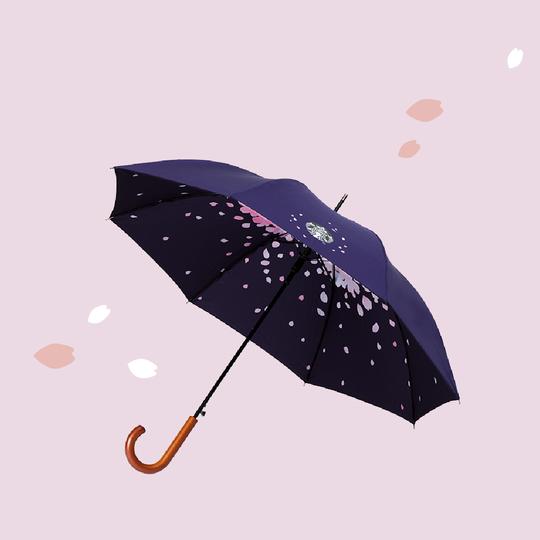


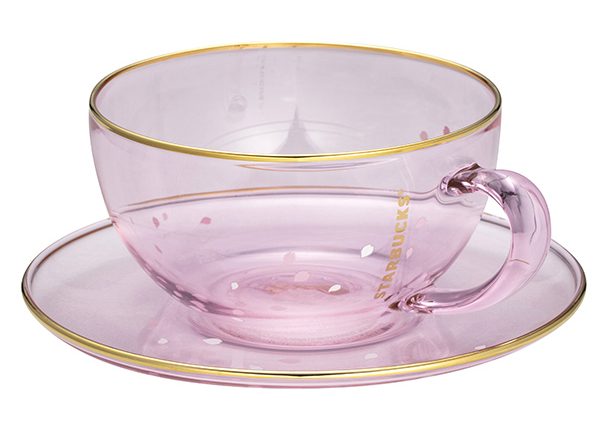
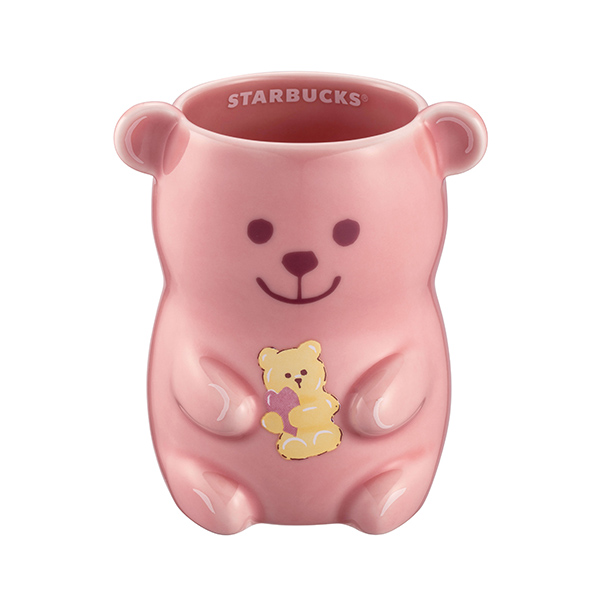

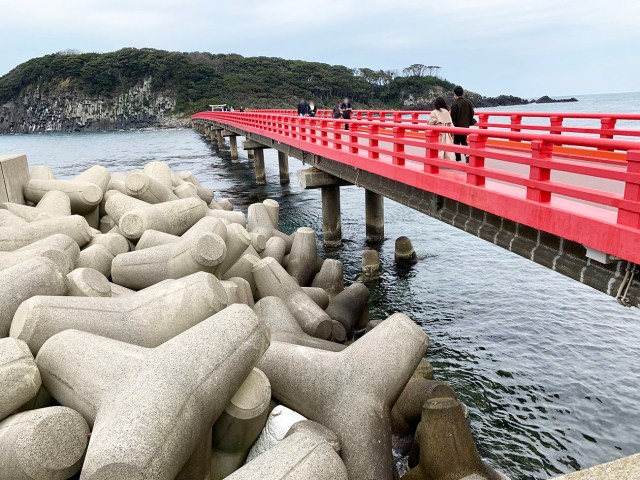
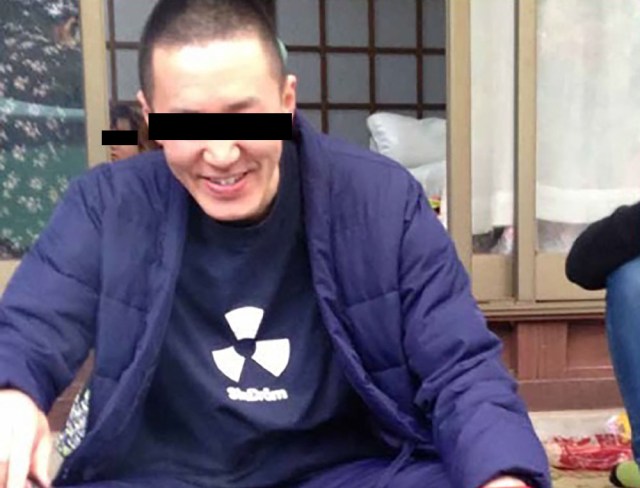
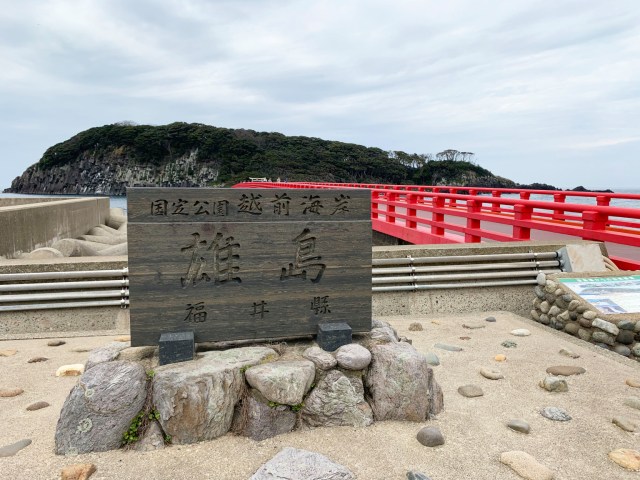
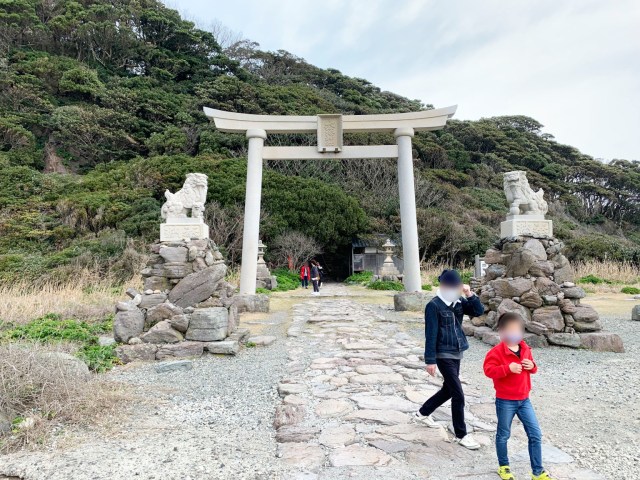
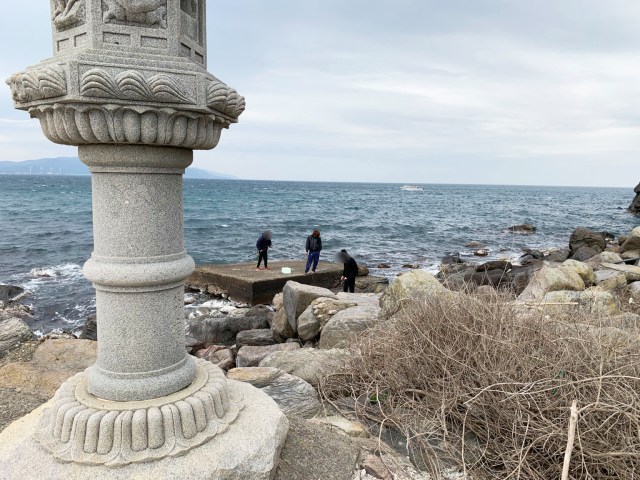
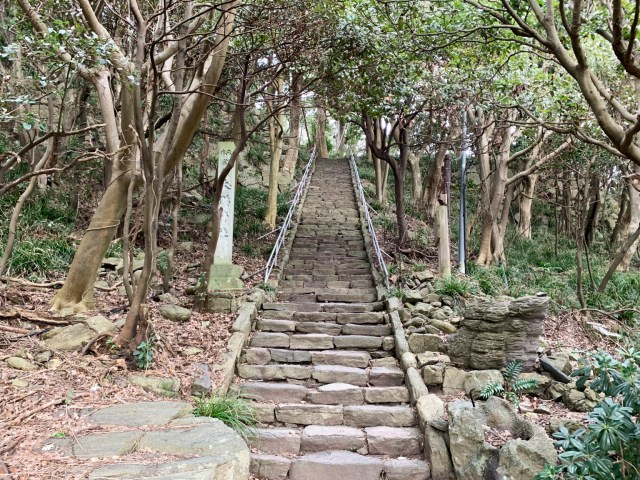
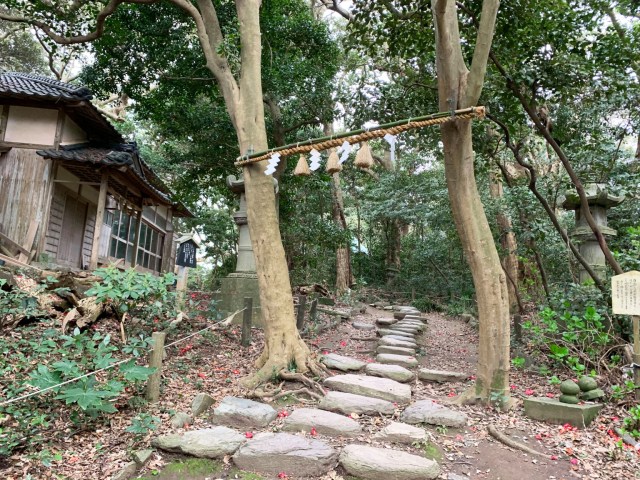

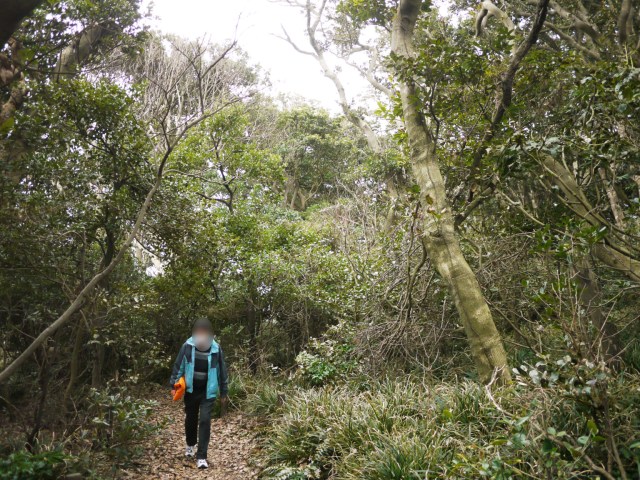
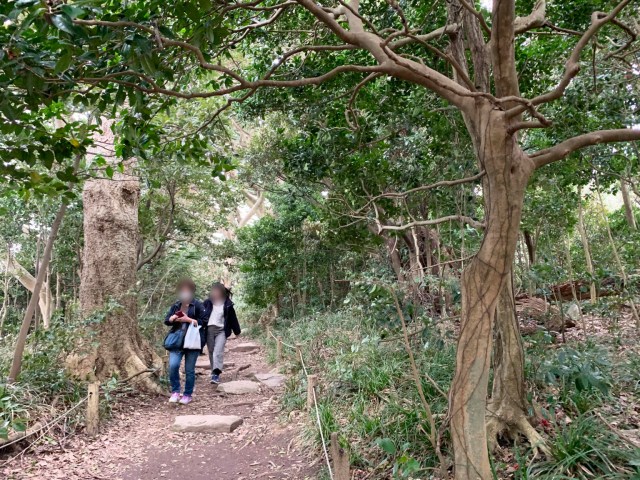
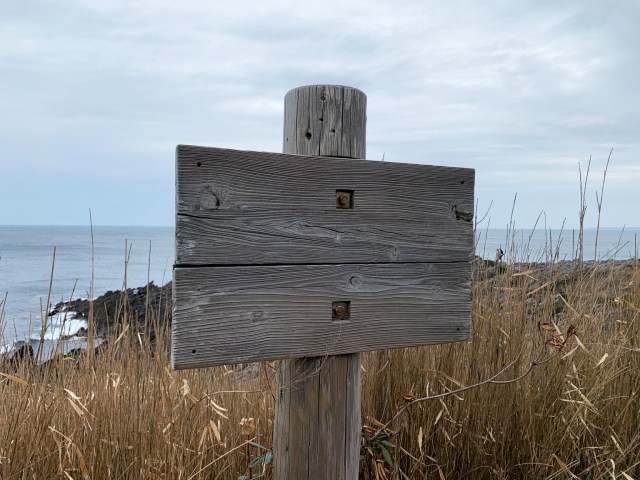
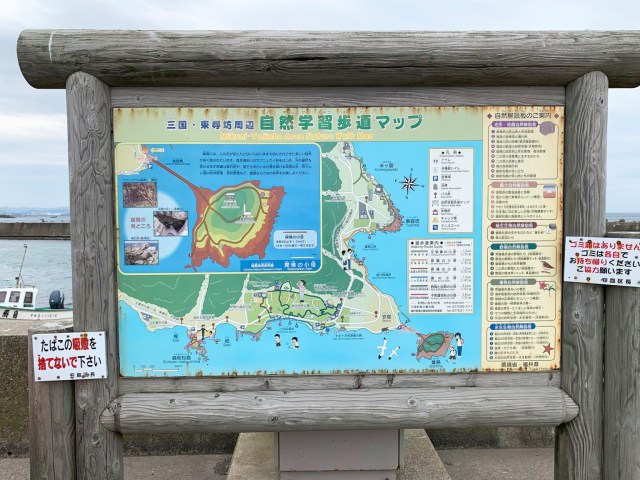
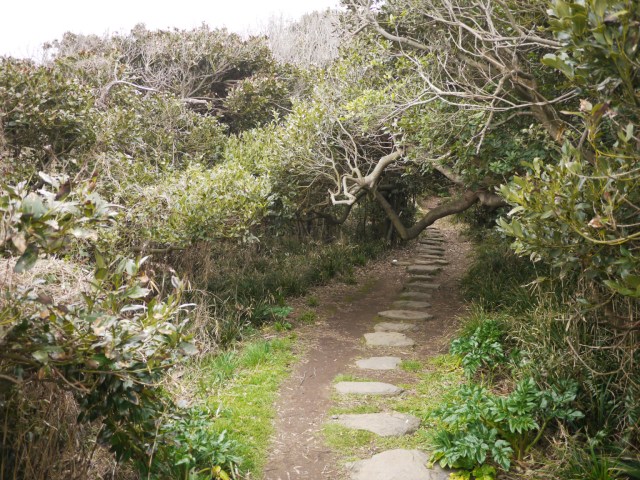
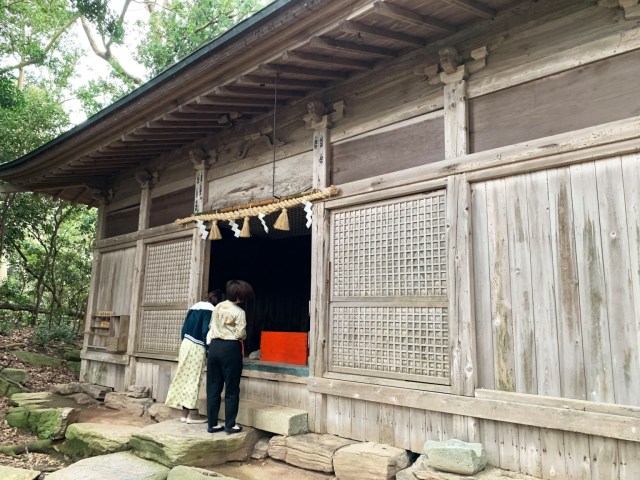



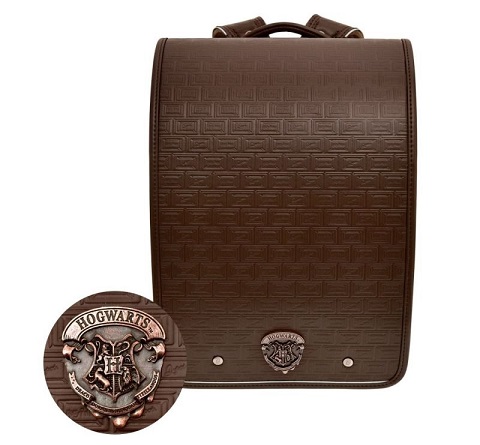

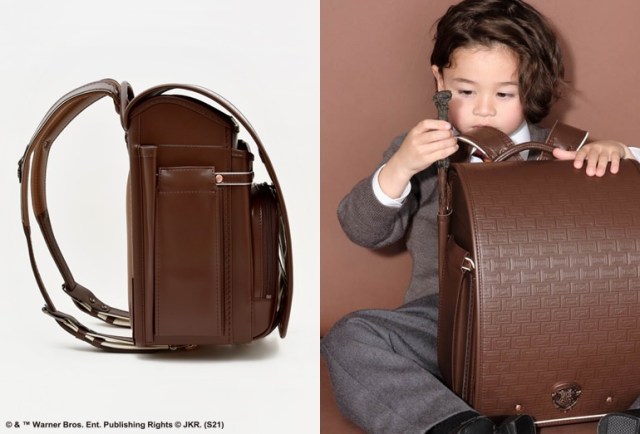




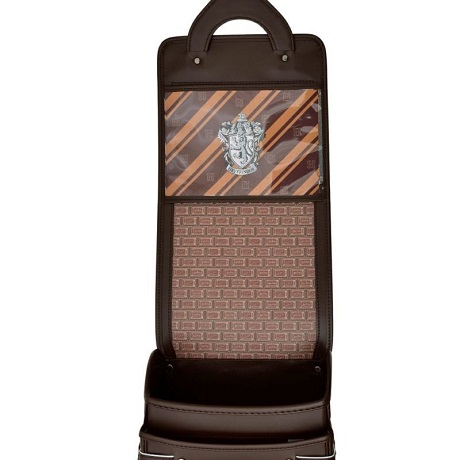
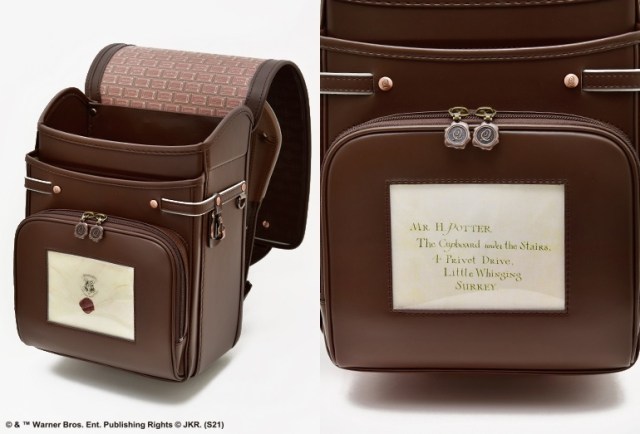
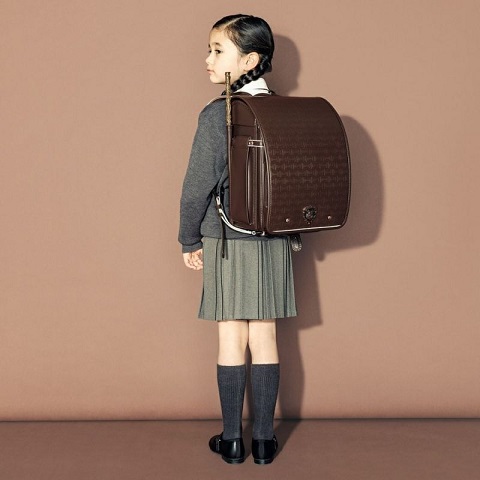



 (@OonaMcGee)
(@OonaMcGee) 